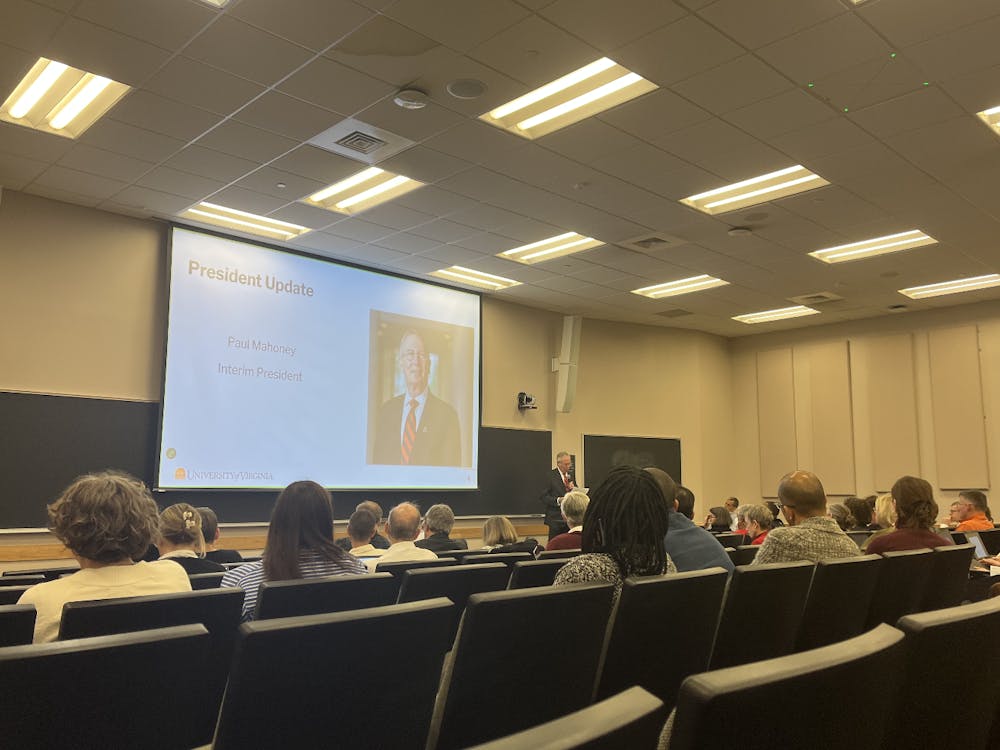Last night, students, deans and faculty members gathered in the W.E.B. Du Bois Center to journey through the history of the Office of African-American Affairs.
This year marks the 25th anniversary of the OAAA, a University office that has "worked tirelessly to pave the road for students to pursue higher education and success," Dean of African-American Affairs M. Rick Turner said.
In 1974 and 1975, many African-American students were dissatisfied with their experience at the University. In October 1975, the Black Student Alliance proposed the creation of a Minority Affairs Office by the summer of 1976, said interim OAAA Assistant Dean Latasha Levy. She compiled the visual historical tour located in the W.E.B. DuBois Center.
The University officially established the Office of African-American Affairs in August 1976 after then-University President Frank L. Hereford Jr. and an advisory council endorsed it, Levy said.
The purpose of the OAAA was to specifically target the "needs and concerns of students and create a better social environment," she said.
In 1976, then-Vice President of Student Affairs Ernest Ern named William Harris the University's first dean of African-American affairs.
Since the creation of the OAAA, students have fought to increase minority student enrollment, to hire more African-American faculty, and to implement an African-American studies program.
The University has an African-American Studies program, 99 black faculty members out of 2,900 total faculty, and an enrollment of 1,190 undergraduate students out of 12,489 total undergraduates as of 2000.
"No other University can claim the successes that we've had," Turner said.
Graduation rates of African-American students at the University are the highest of any public institution in the nation, he added.
"Academically, they're an invaluable resource," third-year College student Latasha Gunter said.
The OAAA has expanded to include the Luther P. Jackson Black Cultural Center, which coordinates cultural, educational and social events with academic departments and University organizations.
A peer advising program began in 1984 and has grown under the direction of Associate Dean Sylvia Terry. The program has contributed to the high retention rates among the University's black students, Levy said.
James Nowlin, a fourth-year College student and a former peer adviser, said the OAAA "was the main reason I didn't transfer after my first year."
"It's been my rock and my solidarity in times of struggle," Nowlin said.
Levy said she probably never would have transferred from Hampton University was it not for the OAAA.
Jerry Bias, a former BSA president and 1990 University graduate, said the OAAA was a great source of comfort during his time as a student. "This was my 'grandma's house' while I was at the University," Bias said. He continues to be active in the OAAA's work.
For nine days, the OAAA will showcase special speakers, panels, debates and performances to examine its history and progress over the past 25 years.






